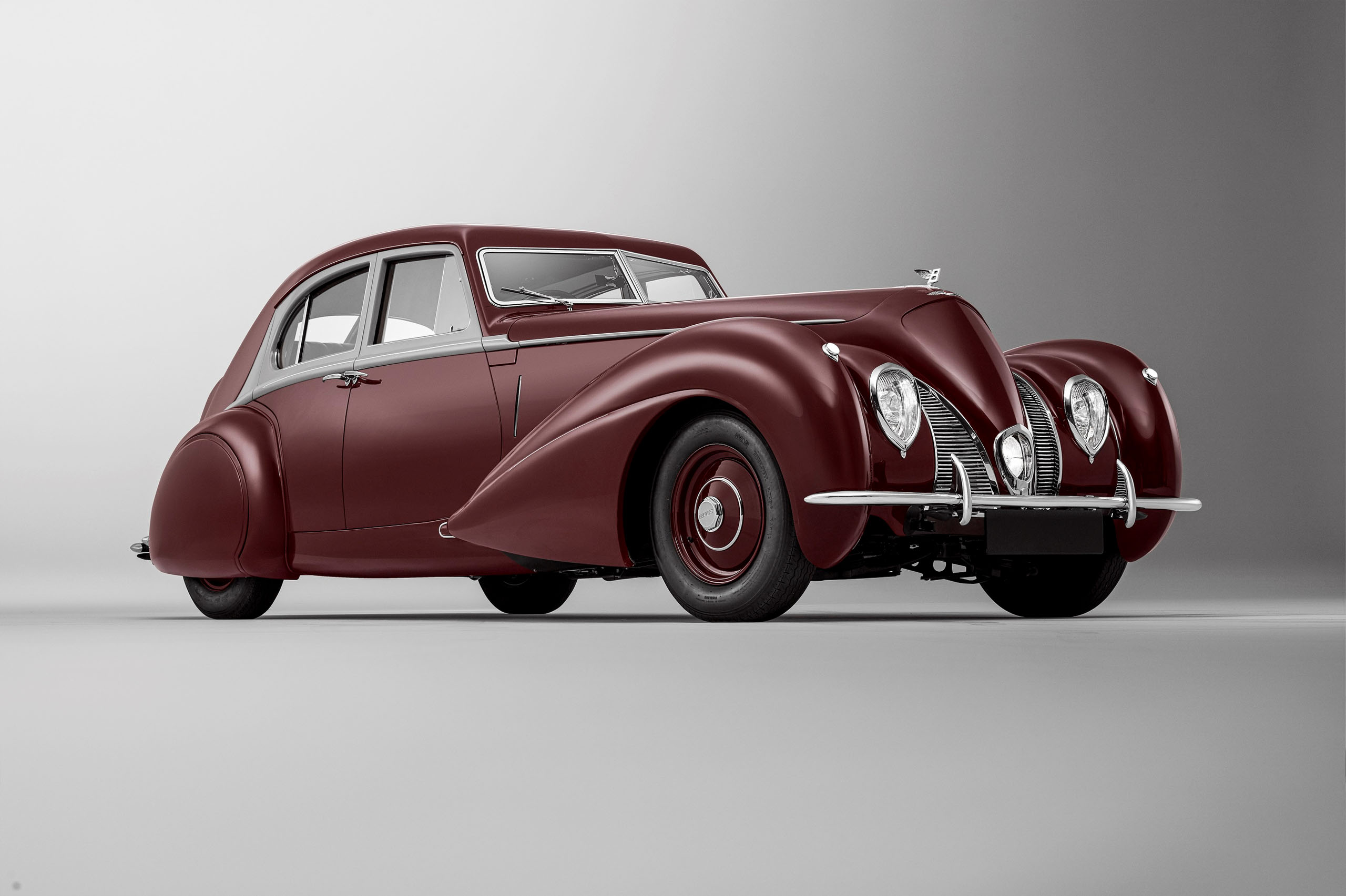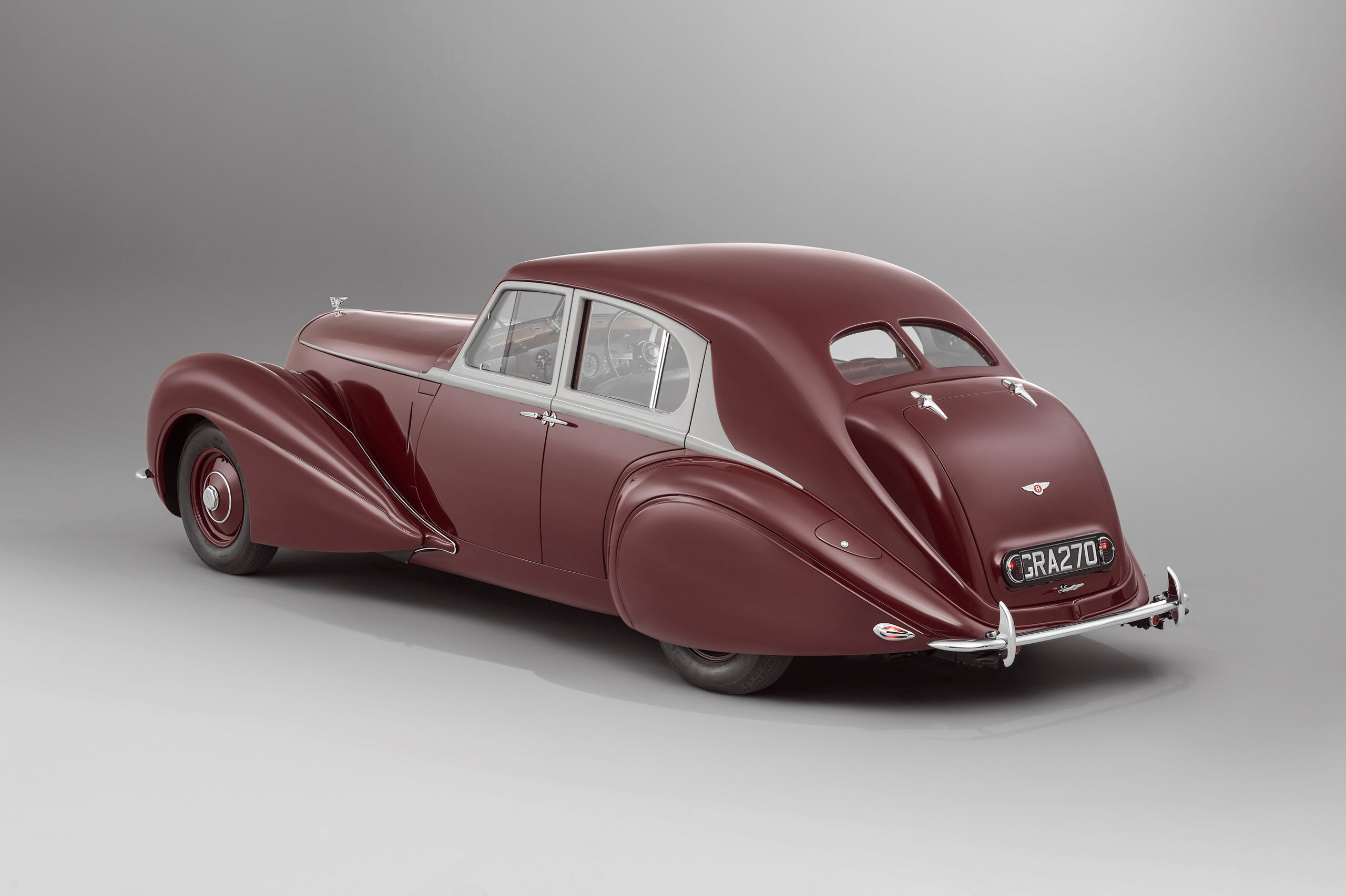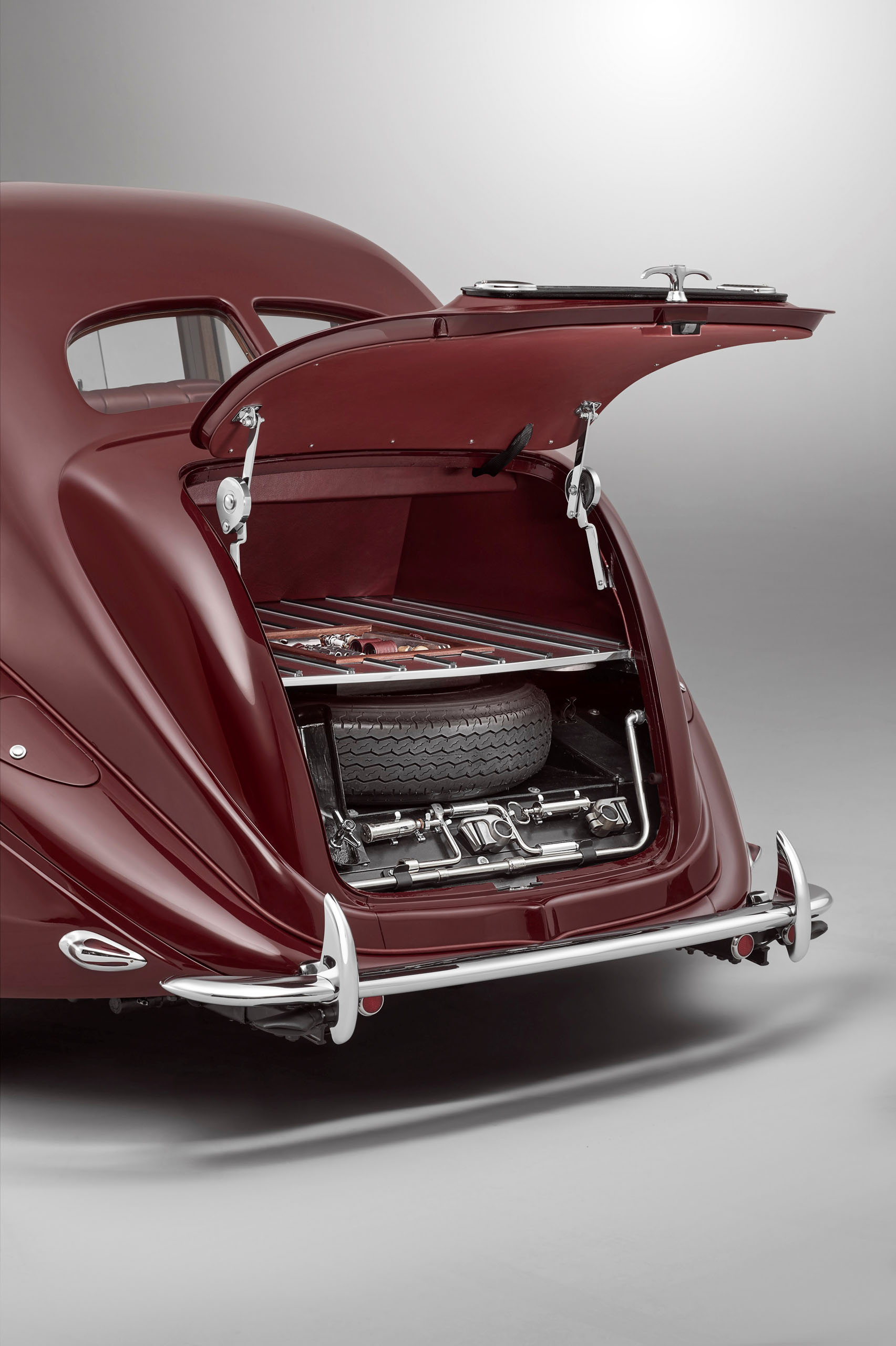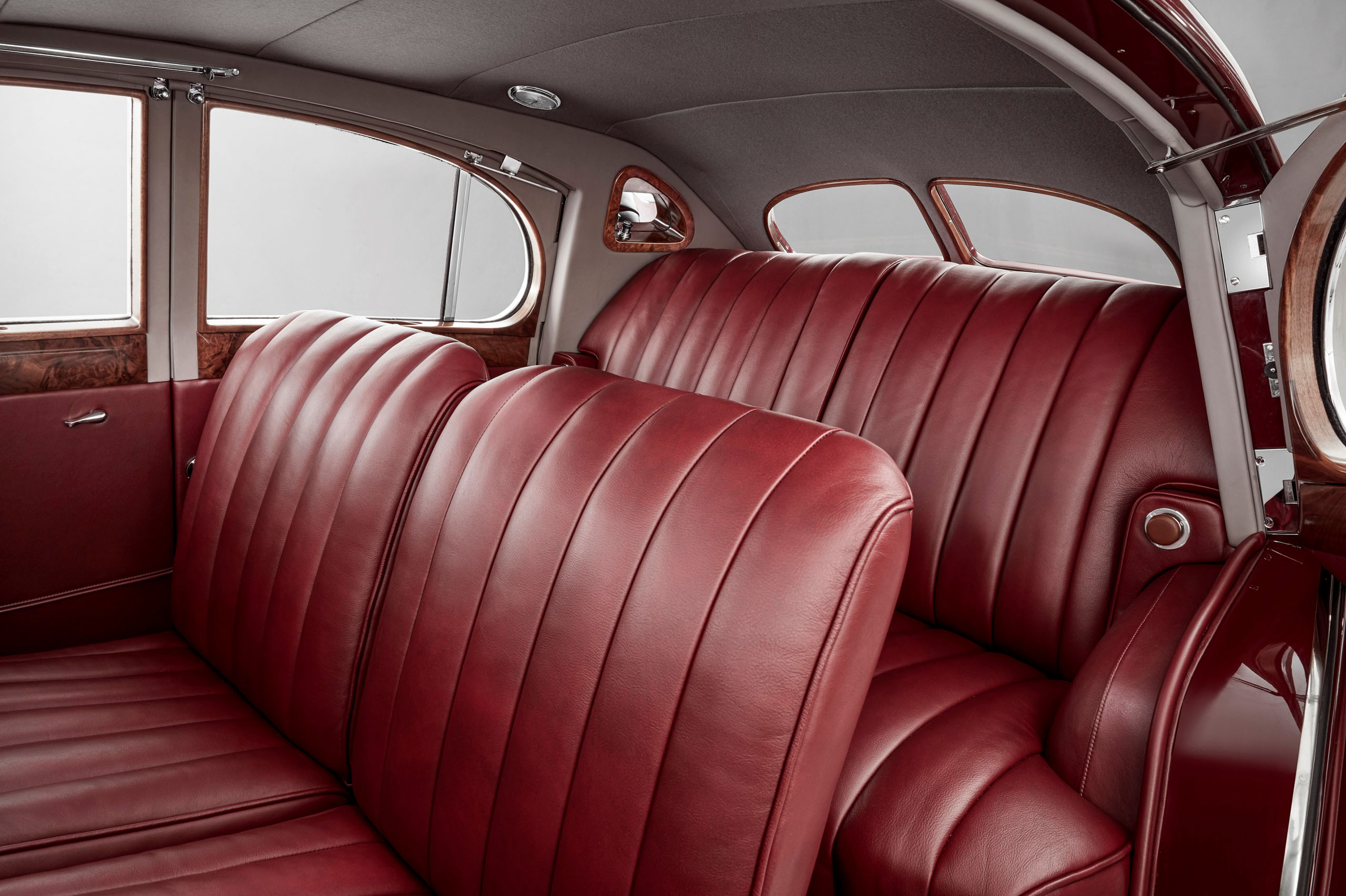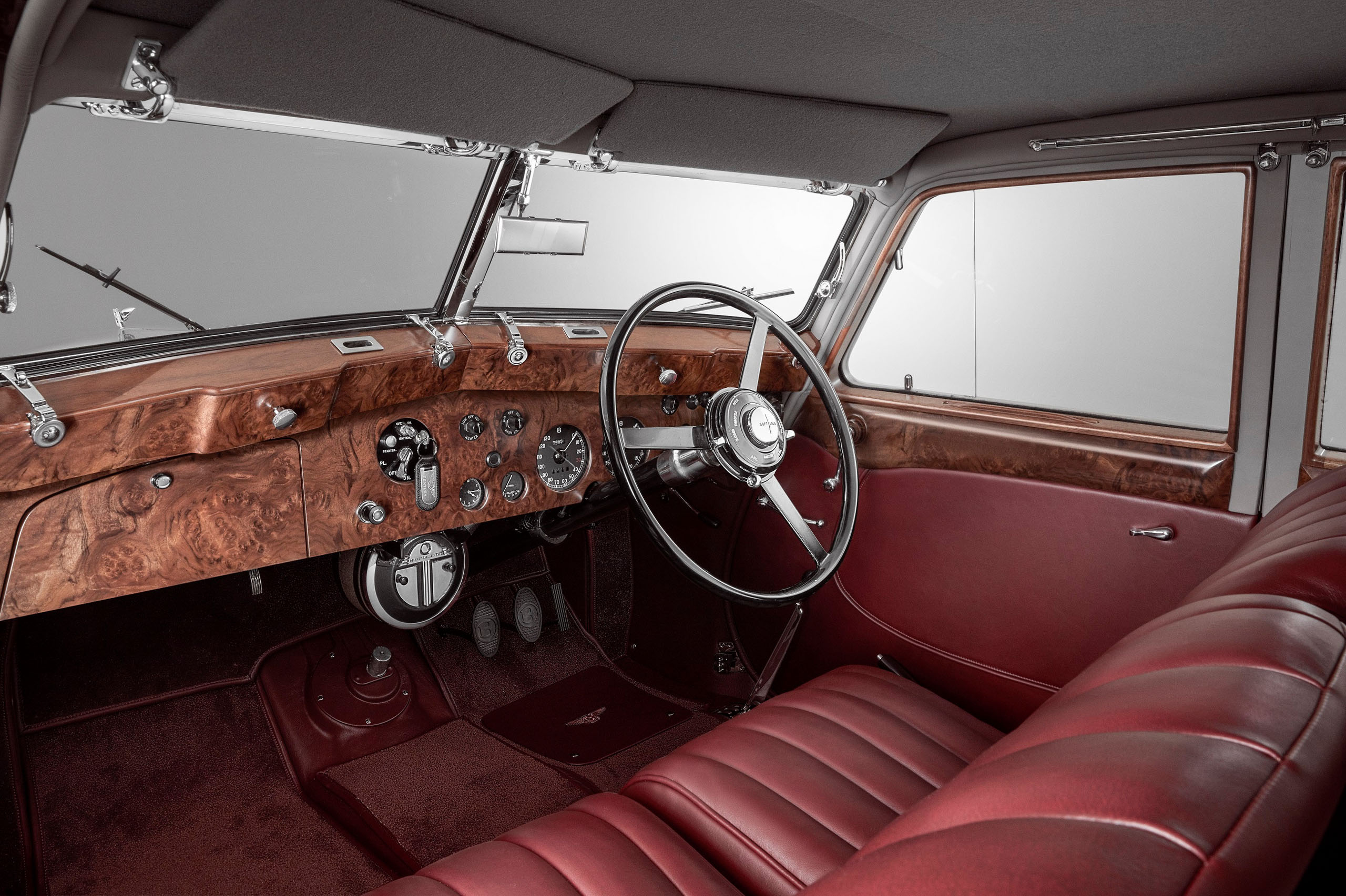This website uses cookies in order to enhance the overall user experience.
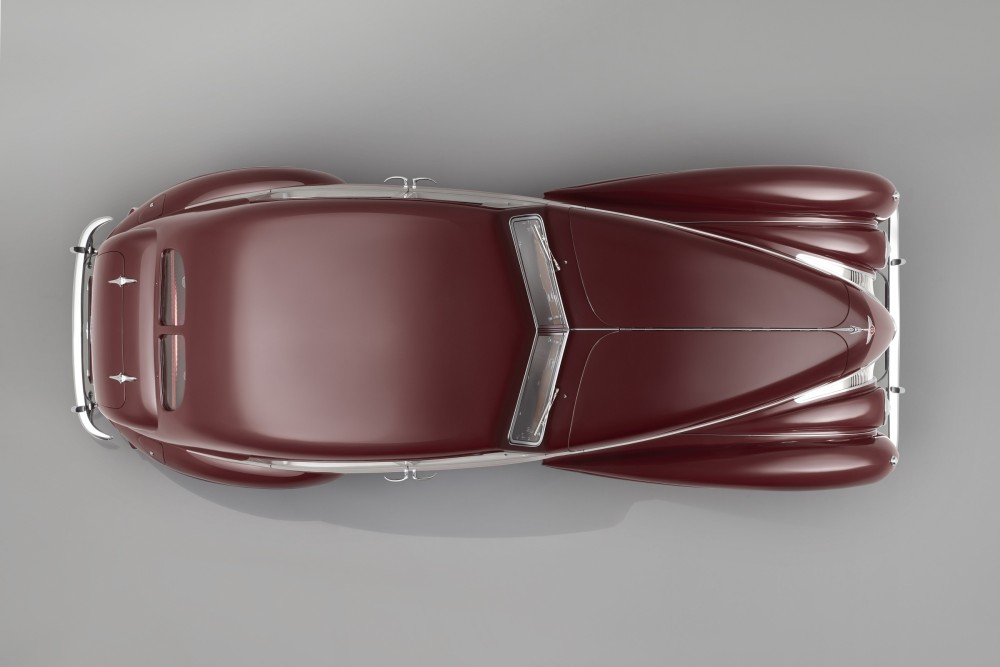
Recently, Bentley set out to rebuild their Corniche model from 1939, a beautiful model that characterizes their history of illustrious cars. Bentley’s reconstruction started from scratch in order to resurrect the one and only ever built example of the 1939 Corniche. Though being only one single model, this cross-over between Bentley’s R-Type Continental and its 4.25-liter Embricos epitomizes the technological innovation and refined design of the Bentley brand and the expertise of Mulliner’s reconstruction work.
Originally, Bentley’s Corniche was planned to be an upgraded sports edition of the already advanced 1939 Bentley MKV Saloon that was in the making – a pursuit that came at the request of the Greek racing pilot André Embiricos. While it was built in France by coachbuilder Pourtout – featuring a steel chassis that was thinner than usual and an amped up MkV engine that was paired with a custom overdrive gearbox – it got the (secret) support of many managers and engineers throughout Bentley Motors.
As such, the Corniche functioned as a prototype for a streamlined exterior form, of which the bodywork was designed by Georges Paulin and made by the Parisian company Carrosserie Vanvooren. In this design, the Corniche’s front was curved instead of featuring a classic standing radiator, while the smooth body without pillars featured long arcs in the back and hinged doors. The result represented an innovative design (compared to its traditionally designed predecessors from the ‘20s and ‘30s) that provided the model for the R-Type Continentals built after the war, including the contemporary Bentley Continental GT.
Historical witness
Even though the Corniche was only operational for a short while, it’s conception in May 1939 predestined it for an intense snapshot of history. First, it surpassed the 100mp/h on the Brooklands racing track, far more than the Bentley’s regular MkV, which brought the significance of streamlining to light at Bentley. Following the race test, the Corniche did its road testing in France where it was hit by a bus in July, after which the body was repaired and improved at Vanvooren.
Subsequently, on its way to Bentley’s testing facility in Chateauroux in August (1 month before the Second World War broke out), the Corniche’s driver had to evade a car which caused the Corniche to end up sideways after hitting a tree. Since the plan was to exhibit the Corniche at the Paris Motor and Earl Court shows the same year, the car needed immediate fixing. Therefore, the cassis was detached from the body and sent to Crewe and the body was repaired locally. The repaired body was then brought to the docks in Dieppe so it could be shipped back to England. While the chassis got to Derby’s Bentley facility, an administrative delay unfortunately kept the Corniche’s body in Dieppe, where it was destroyed during a World War II bombing, never to be heard of again.
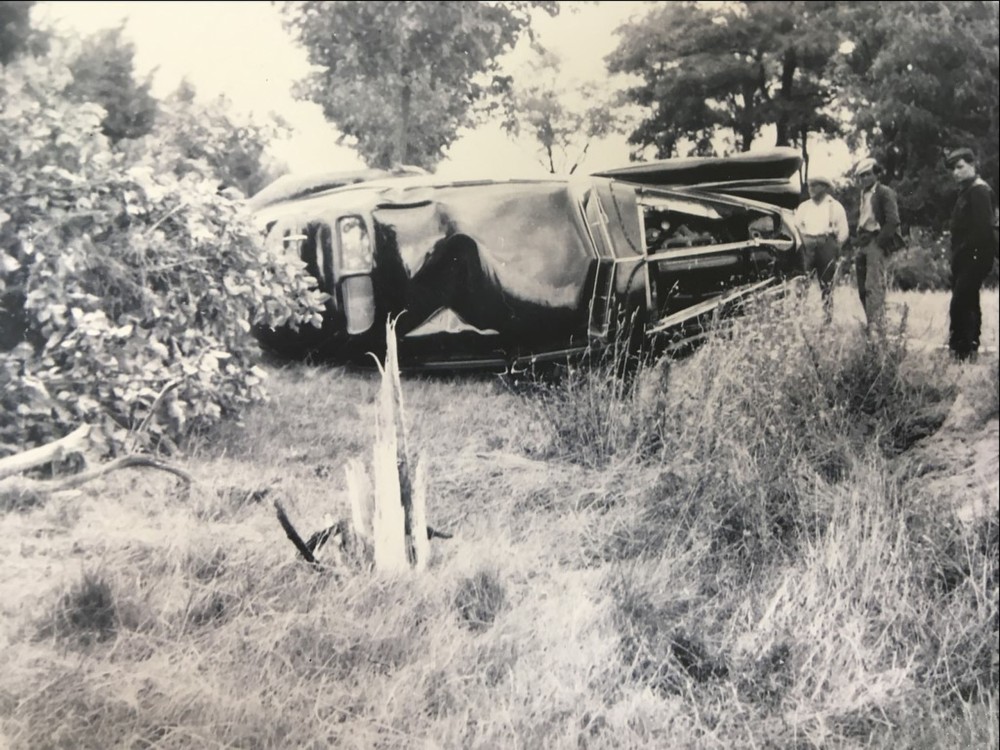
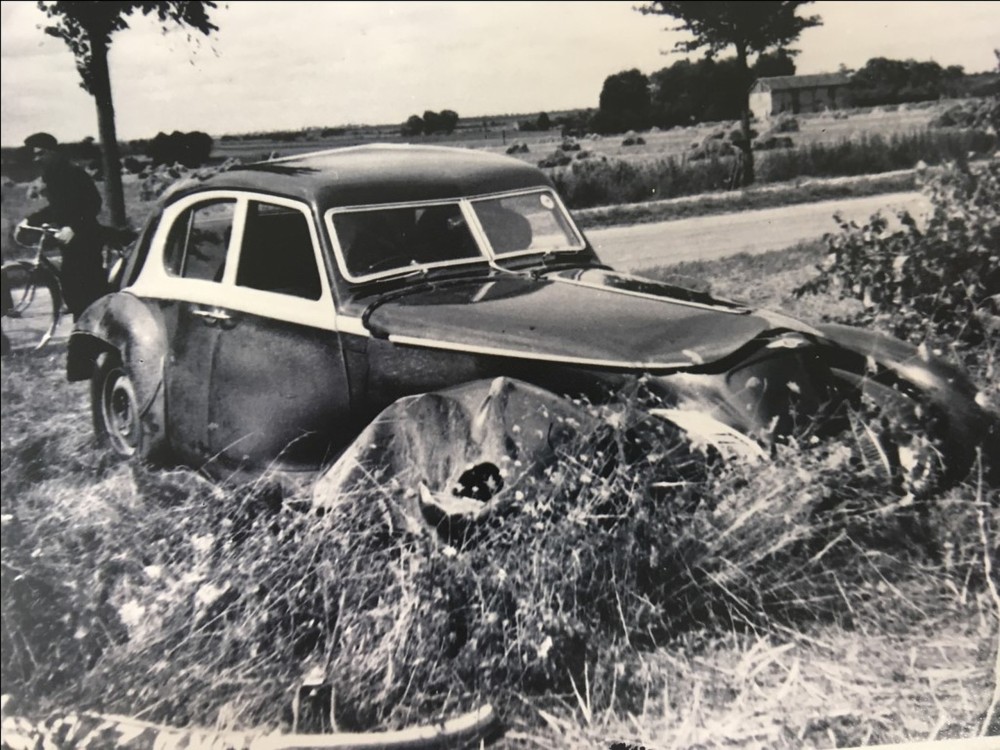
Bringing back what got lost
Although there was a lot of bad luck that led to the Corniche’s initial destruction, the automotive historian/retired Bentley Director, Ken Lea, was very lucky that there were many more original Corniche parts constructed back in the day when he set out to recreate the Corniche in 2001. Together with WO Bentley Memorial Foundation and Sir Henry Royce Memorial Foundation volunteers he got the parts for the chassis from various Bentley fans and specialists. Then, when Lea’s project ran out of funds, Bentley Motors helped out so that the ash frame and aluminum bodywork could be constructed in Lymington by coachbuilders Ashley & James.
As luck would have it, the family of George Paulin (the original designer) provided the drawing outlines so the car’s original design could be recreated perfectly. However, since the project kept advancing too slow, Chief Executive and Chairman Adrian Hallmark took the project under his wings at Mulliner in February 2018 to make sure that it was completed by the time Bentley would become a centenarian in 2019. Subsequently, the project was not just in Lea’s hands anymore, but also aided by Head of Herritage, Robin Peel, Mulliner’s Operation Manager, Ian Broomhall, and Mulliner’s Special Projects leader, Glyn Davies. Moreover, various other Mulliner and Bentley Motor employees, even from different divisions, worked on the Corniche project in their off hours. With expertise in single model production for passionate collectors and members of the Royal family (among which 2 State Limousines from 2002) since the ‘70s already, the recreation of this pivotal Bentley model logically found its way to Bentley’s Mulliner division. However, nowadays Mulliner is geared toward customizing regular models produced by Bentley, which makes the Corniche Mulliner’s historical car recreation debut. And what a debut it was! With just the technical drawing originals and original mechanical Corniche and MkV parts to rely on, Mulliner’s restorative coachbuilding proficiency is immediately visible in the fact that none of the Corniche’s little design details are left out.
With only access to partial guidelines, a lot of time was spend to produce the right color samples of the Imperial Maroon body color and the Heather Grey side flash. Similarly, the BIW team at Mulsanne offered their hand-forming panel expertise to finesse the Corniche’s panels in great detail. Then, the team of Darren Day, Head of Interior Design, did their historical research to create the CAD designs for the door trims and seats, so that these designs could guide the trim team of Mulliner to devise the Vanvooren styled interior with Connolly Vaumol leather hides, West of England woolen cloth, and the original carpet that was discovered at an old onsite storage.
And if that’s not crazy dedication already, Gary Bedson, Mulliner’s Master Carpenter, created a steam booth in his workshop so he could bend wood to precisely match the interior windows. For those few much desired degrees of curvature, Bedson would regularly be covered in steam for hours while his colleagues devised the door shuts’ tread plates and the boot’s authentic tool tray completely from scratch. Finally, the front grill was designed by analyzing the airflow of all the different slats with CAD, and subsequently formed by the hands of metalworker experts who spend 3 entire months to reach perfection.

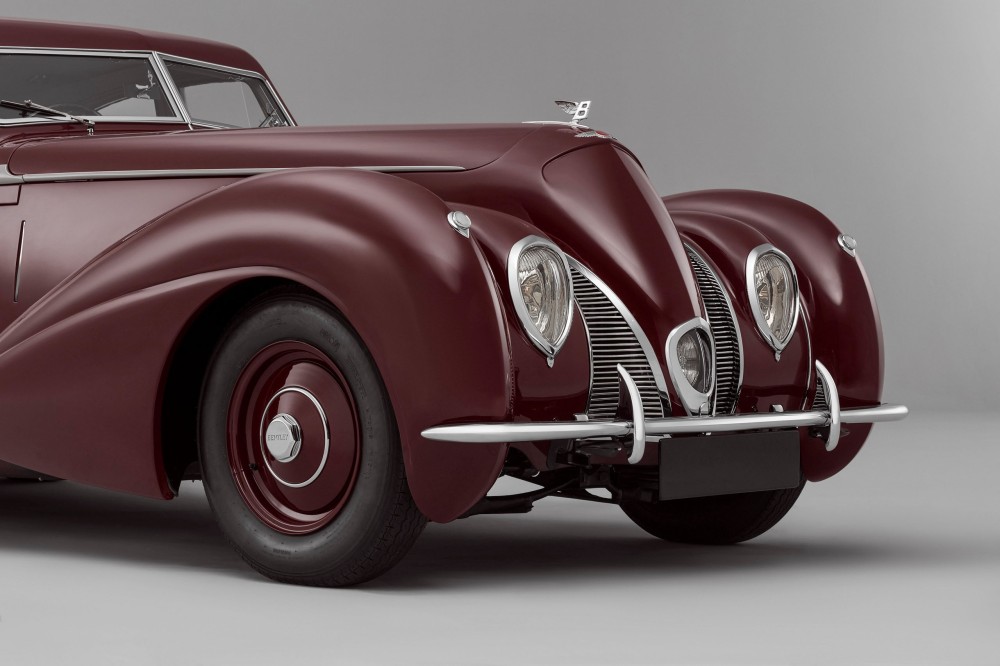
The Corniche makes its public appearance debut as part of the Heritage Fleet, among which Bentley’s 8 Litre W.O. and the Blower No.1 by Sir Henry “Tim” Birkin are also featured. Armed with these iconic historical models, the fleet will feature these historical examples at various exhibitions across the globe.

